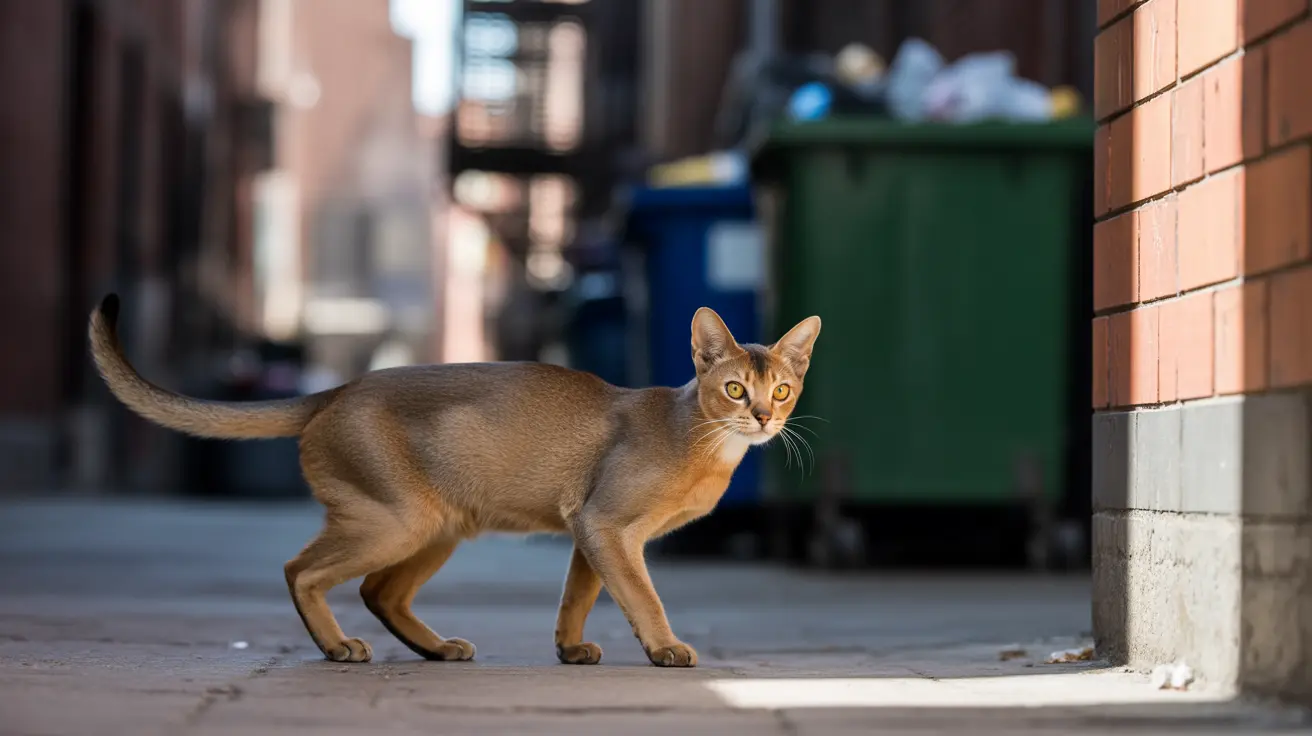For pet owners and animal lovers alike, understanding outdoor cat life expectancy is crucial for making informed decisions about feline care. While the freedom of outdoor living might seem appealing, it significantly impacts how long cats live. This comprehensive guide explores the factors affecting outdoor cat longevity and ways to help these animals live longer, healthier lives.
The Reality of Outdoor Cat Lifespan
The stark truth is that outdoor cats typically live significantly shorter lives than their indoor counterparts. While indoor cats often live 10-17 years or longer, outdoor cats generally survive only 2-5 years. This dramatic difference stems from numerous environmental hazards and health risks that outdoor cats face daily.
Environmental Risks and Dangers
Outdoor cats face numerous life-threatening challenges in their environment:
- Vehicle accidents
- Predator attacks (coyotes, dogs, other cats)
- Exposure to extreme weather
- Toxic substances (antifreeze, pesticides)
- Risk of getting lost or trapped
Health Challenges for Outdoor Cats
Living outdoors exposes cats to various health risks that can significantly impact their lifespan:
- Infectious diseases (FIV, FeLV, FIP)
- Parasitic infections
- Limited access to veterinary care
- Irregular food and water access
- Increased risk of injury
Factors That Influence Outdoor Cat Survival
Location and Environment
Where an outdoor cat lives plays a crucial role in their survival. Urban cats face different challenges than rural cats, including:
- Higher traffic density in cities
- More exposure to human-related dangers
- Different predator populations
- Varying access to shelter and resources
Access to Care and Resources
Cats with some human support typically live longer than completely feral cats. Key factors include:
- Regular feeding
- Access to clean water
- Basic veterinary care
- Emergency medical treatment
- Shelter from extreme weather
Improving Outdoor Cat Survival Rates
While outdoor cats face many challenges, there are ways to help extend their lives:
- Provide secure shelter options
- Maintain regular feeding schedules
- Ensure access to clean water
- Implement TNR (Trap-Neuter-Return) programs
- Schedule regular veterinary check-ups when possible
Frequently Asked Questions
What is the average life expectancy of outdoor cats compared to indoor cats?
Outdoor cats typically live 2-5 years on average, while indoor cats can live 10-17 years or more. This significant difference is due to the many risks and challenges outdoor cats face.
What are the main risks that shorten the lifespan of outdoor cats?
The main risks include traffic accidents, predator attacks, exposure to diseases, parasitic infections, extreme weather conditions, and limited access to regular veterinary care and proper nutrition.
How can I help extend the life of my outdoor cat through care and environment?
Provide secure shelter, regular feeding, clean water, veterinary care including vaccinations and parasite prevention, and consider microchipping for identification. Creating a safe outdoor space or "catio" can also help.
Does spaying or neutering affect the lifespan of outdoor cats?
Yes, spaying and neutering typically increase outdoor cat lifespan by reducing roaming behaviors, fighting, and the risk of certain diseases. It also helps control the feral cat population.
Can outdoor cats live as long as indoor cats if given proper veterinary care and nutrition?
While proper care can help extend an outdoor cat's life, they still face numerous environmental risks that typically prevent them from reaching the same lifespan as indoor cats, even with excellent care.
Conclusion
While outdoor cats face significant challenges that impact their life expectancy, understanding these risks allows us to take steps to protect and support them. Whether you're caring for your own outdoor cat or helping feral cats in your community, providing proper care and resources can help these animals live longer, healthier lives despite the challenges they face.






